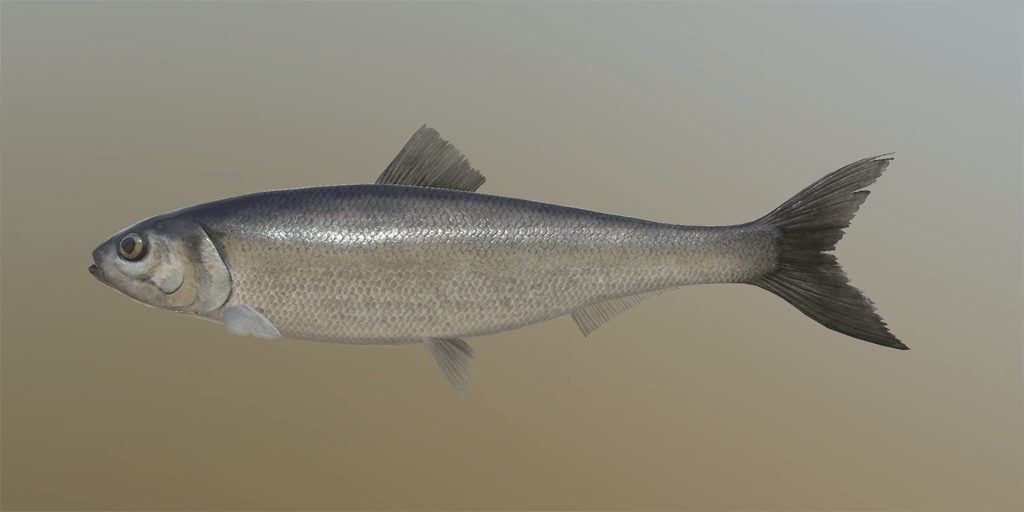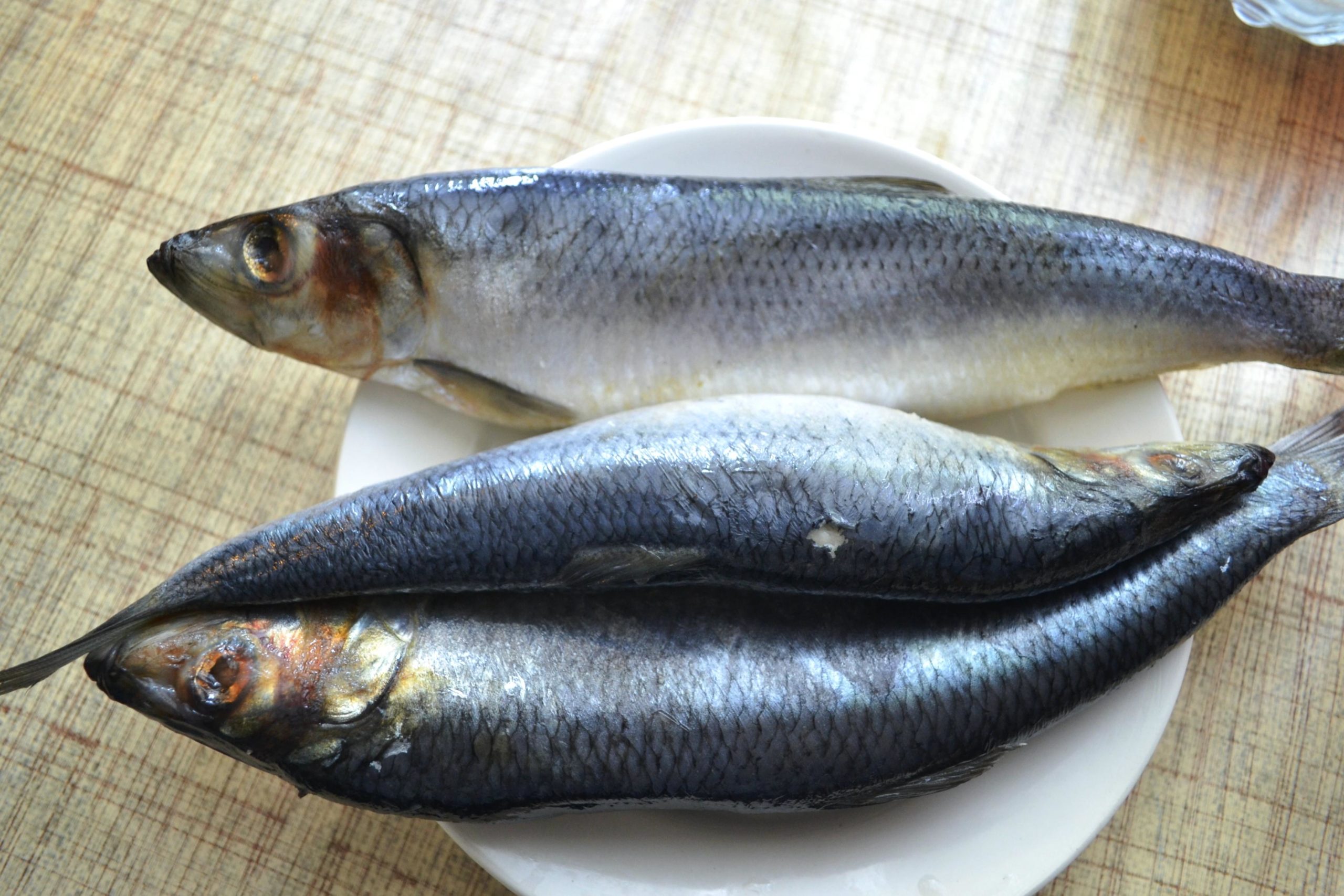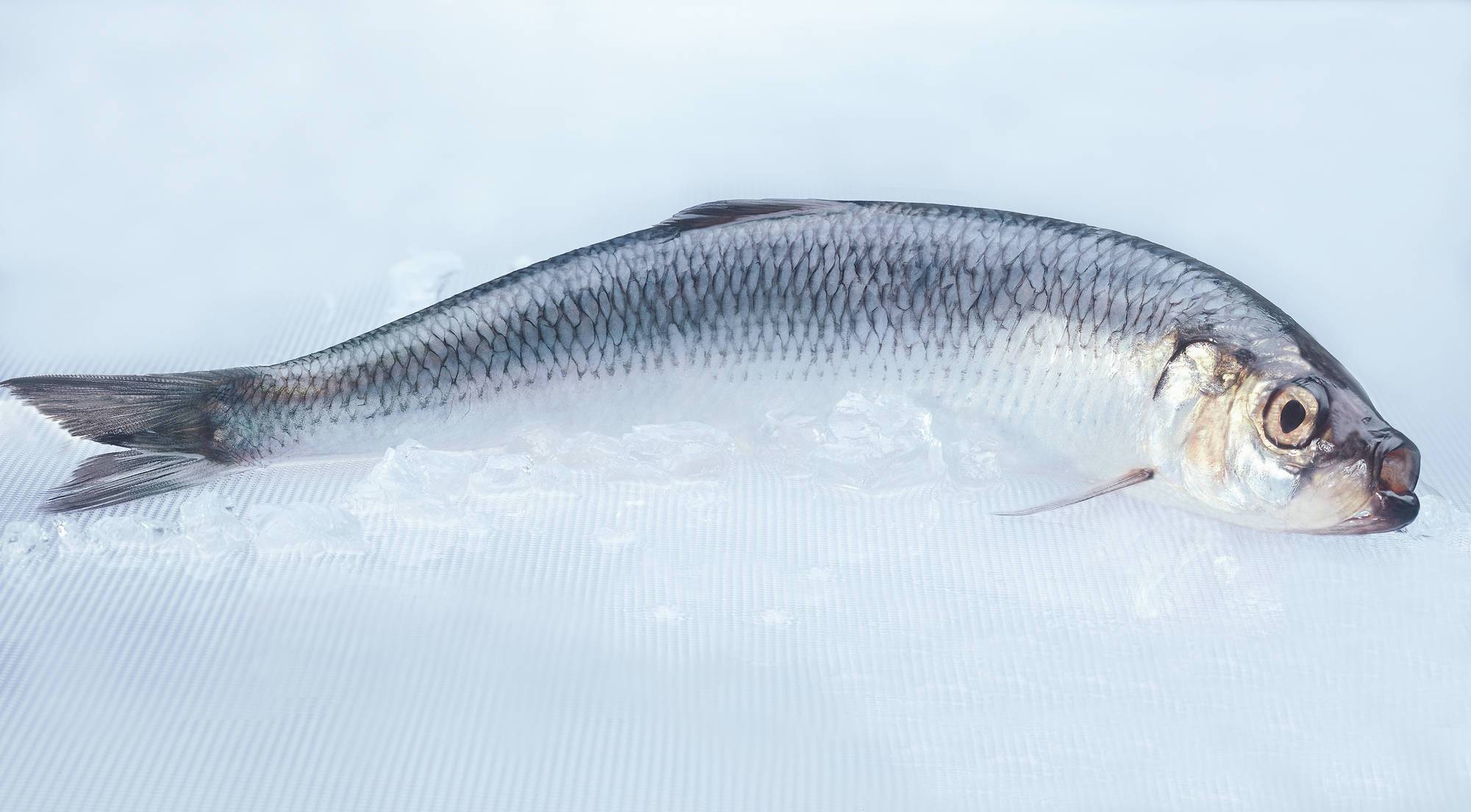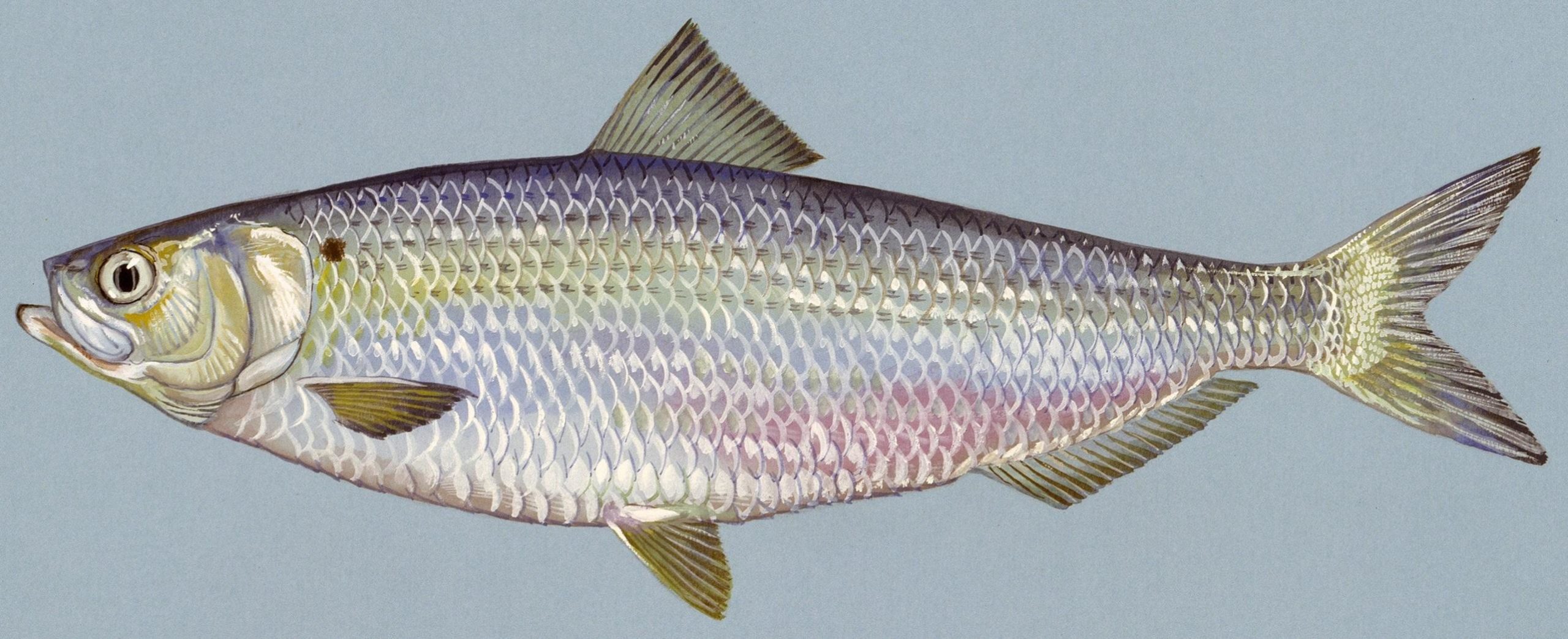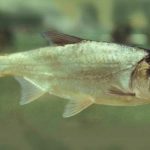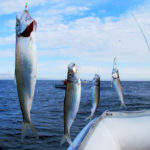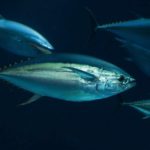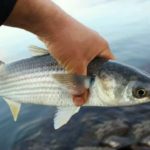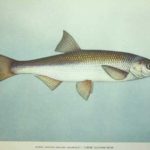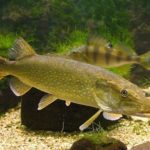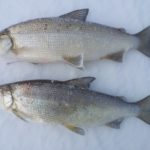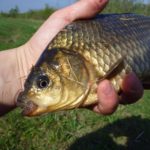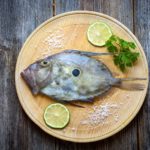Herring is a fish that has long been popular in cooking. It is rich not only in taste, but also in nutrients such as proteins, fats, vitamins and minerals. One of the most popular varieties of herring is the herring called zalom. It is distinguished by a rich and bright taste, which is emphasized by its fleshy structure and smell. Thanks to its beneficial properties and taste, it has become a favorite fish for many people around the world.
Fish information
Hall herring belongs to the family of the same name (Herring).It is so large that when salting its tail was often folded under, which gave it its name. Other names include: "Kessler's herring" (after the zoologist who first discovered the fish), "blackback" (due to the corresponding coloring of the back) and "mad herring" (due to the frantic splashing during spawning).
This Caspian herring is the largest and fattest. It doesn't happen very often. Its taste makes it especially valuable, and it is known as the "royal herring". It is great for pickling.
What does it look like
Zalom is the largest species of Caspian herring, reaching fifty centimeters in length and weighing up to two kilograms. Her body is bulky, with a long tail. The abdomen is flattened on both sides. The head, pectoral fins and tail are dark, and the mouth is wide. The lower jaw protrudes slightly forward and has well-developed teeth. An ink spot is usually present behind the gills and on both sides. In spring, the back of the herring takes on a deep purple hue.
History of the name
Herring that were too large to fit into the pickling containers had to be folded in half by wrapping the tails. This is why these unusually large herrings were known as "hallfish". The price for such fish was higher than for ordinary fish, and those who sold it were called “sale traders.”
Diet
Royal herring feed on small aquatic creatures such as sprat and gobies, as well as crustaceans and insects. After spawning, they enter a period of intensive feeding. In turn, these fish become targets for larger predators such as catfish and aquatic mammals (such as seals) or seabirds such as gulls and herons.
Reproduction and spawning
Astrakhan herring become sexually mature at the age of three to four years. They usually weigh about half a kilogram and measure 32-36 cm in length. Spawning occurs between May and early autumn, with the greatest activity occurring in June, at temperatures of 13-23 degrees Celsius.
After the Volgograd hydroelectric power station was built, fish began to lay eggs in the area between Astrakhan and Volgograd. It usually lays its eggs in places where there is no strong water flow (for example, in canals or creeks). The process usually begins early in the day when the herring flutter aggressively and jump out of the water. After spawning, fish can be seen swimming in circles close to the surface; This is why Caspian herring is sometimes called “mad herring”.
Females lay up to three hundred thousand eggs in three successive batches. The eggs are quite large, up to 3.8-4.2 mm in diameter. After hatching from the egg, the larvae accumulate near the coastline and mainly occupy the lower areas of the seabed. They take 40-50 hours to hatch (depending on water temperature), after which they disperse into open waters and eventually arrive in the southern regions of the Caspian Sea, where they grow until they reach maturity.
Fishing for herring
Fishing for blackback is permitted with a spinning rod and a fishing rod (a license is required). Usually the first type of gear is used for this. The angler must cast his bait into a group of fish and try to attract the attention of the herring. Line sensitivity is not as important as finding the right fishing spot. Different schools may swim at different depths during the day. It is believed that in June the hole is easy to find near the surface.
Herring fishing is most successful during the hours of 10am to 2pm and 4pm to sunset, although it is suspected that the fish do not stop migrating through the same area at night. However, it moves into deeper waters during bad weather, such as clouds or changes in temperature.
Herring will readily take bait, so hooking is usually not necessary. It is wise to ensure that the hooks are sharp (it is recommended to take a hook sharpener with you when fishing). Tying a hook with red thread will prove effective.
On the boat
Shore fishing is a viable option for catching herring, but having a boat gives fishermen more advantages, such as the chance to use a fish finder that can detect concentrations of fish and show depth.
For casting closer to the shore, use a shorter rod. Having a boat makes it easier to track schools of herring, which can travel up to 50 kilometers per day until they begin to spawn. In any case, if you find them, it is better to act quickly.
For the spinner
Herring are often attracted to bait that is white or silver with a red accent near the hook; it is usually made in the shape of a diamond, about four centimeters long. Usually it has one soldered hook, and for aggressive wiring, thick fishing line 0.2-0.4 mm should be used.
To locate a group of herring, you will have to determine how deep it swims. It is important to start counting as soon as the hook hits the water; if there are no bites, then increase the count as the bait dives deeper. If you manage to guess the depth correctly, the herring will take the bait, which resembles a fry, quite actively.
To the tyrant
This fishing technique is usually performed from a boat with a rod up to three meters long. It is advisable not to use metal coils due to the salt content in the water. The fishing line should be quite thick, from 0.4 to 0.7 mm. A thin line is attached to the main line, ending with a sinker weighing 45-160 g (depending on the strength of the current). Several leashes are strung on a thin section. The distance between these leashes is about 13 cm.
It is more effective to use shiny baits, as herring are more willing to bite on them. For visibility, threads, usually red or yellow-green, should be attached to the hooks. You should also attach various devices to lure fish.
When fishing, you need to pull the line tightly and wait until it falls to the bottom, then lift it about a meter and make a quick swing with the rod. If after several attempts no bites occur, changing the depth will help. Once you feel a bite while fishing, wait for another one before slowly reeling in the line.
Other methods
Get some silicone crustaceans (white, pale pink or light green). The tackle should not be too heavy so that the bait sinks slowly.
They are also caught with an elastic band. Fishing with a rubber band is an effective method, especially when groups of fish are present in the bays. The bait is easy to make at home or buy at the store.
The main line has a diameter of 0.3-0.5 mm, and the length of each segment is usually fifty meters plus ten for the elastic.The main line must be strong so as not to injure your hands, and capable of pulling out sinkers that might get caught in grass or other obstacles. Whenever possible, when fishing with a rubber band, choose areas with a relatively clean seabed.
About fish meat
Herring meat is tender and high in fat. Salmon herring is a valuable source of nutrients such as proteins, fats and microelements. 100 grams of Caspian herring meat contains about 20 grams of protein and more than 12 grams of fat, including omega-3 fatty acids.
Herring meat also contains vitamins A, D, E and B-groups, as well as microelements such as iron, calcium, phosphorus and iodine. Regular consumption of herring will strengthen the immune system, support bone and heart health, and improve digestion.
Blackback is salted, pickled, sometimes smoked and fried. The most common is pickled and salted herring.
How to cook it
It is permissible to salt the herring whole, or by cutting it into pieces (which will significantly speed up the salting process). To get the best flavor, it's best to use fresh herring. If you salt the whole herring, you should remove the gills, otherwise it will taste bitter.
Dry salting
Ingredients:
- 2 medium herrings.
- 1/2 cup salt.
- 1/2 cup sugar.
- 1 teaspoon black pepper.
- 1 teaspoon coriander.
Instructions:
- Mix together salt, sugar, pepper and coriander in a bowl.
- Wash the herrings and remove the intestines, leaving the tail and head.
- Place each herring in a food grade plastic bag.
- Sprinkle each herring with the salt and spice mixture from the bowl.
- Close the bag tightly, removing any air from it.
- Place the herring bags in the refrigerator for 24 hours.
- Turn the herring bags over and return them to the refrigerator for another 24 hours.
- After 48 hours of dry salting, your herring will be ready. Remove the herring from the bag, remove the tail and head, and cut into portions.
- Serve the herring with potatoes, turnips, carrots, fresh cucumbers or any other vegetables of your choice.
Salted herring into pieces
Ingredients:
- 500 grams of Caspian herring, peeled and cut into pieces.
- 1 tablespoon coarse sea salt.
- 1 tablespoon sugar.
- 2 tablespoons white wine vinegar.
- 1 teaspoon black pepper.
Instructions:
- In a large bowl, mix salt, sugar, pepper and wine vinegar to form a thick paste.
- Place the herring pieces in the bowl with the pasta and toss well to coat each piece on all sides.
- Place the herring on a clean board or plate, cover with film and refrigerate for 24-48 hours.
- When the herring is ready, rinse it with cold water to remove the salt and acid. Dry herring is stored in the refrigerator in a container with a lid for up to 1 week.

